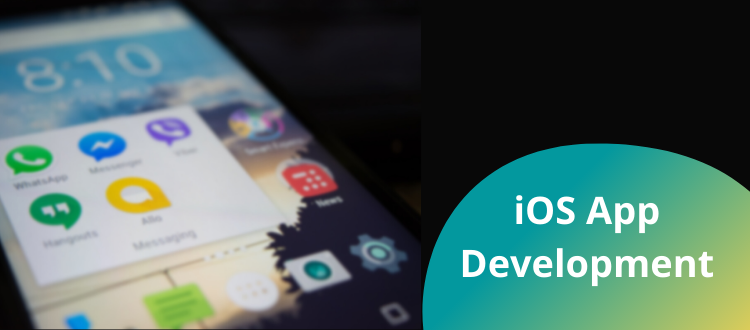Swift, released back in 2014, is a multi-paradigm programming technology developed by Apple. Since its introduction to the market, the comprehensive technology has gained ground in the community of developers for building feature-rich applications for macOS, iOS, and tvOS. Every iPhone app development company has skilled iOS app developers with adequate knowledge of different design patterns for developing top-performing and appealing applications.
These patterns relate directly to the security and functionality of iOS applications. They’re template-based solutions built to address the most common concerns of software design.
Key benefits of design patterns include reusing vocabulary, code unification, and optimum app solutions development. This write-up will elaborate on the various Swift Design Patterns in the most generic way possible.
Let’s get started!
Swift Design Patterns: Categories
We can widely classify the various design patterns of the Swift iOS application development into three different categories.
- Creational
- Structural
- Behavioral
Let’s start understanding them one after another.
Creational
Creational patterns provide you with concrete evidence in favor of an object to make that suitable for a specific condition. These patterns are specifically helpful in building object mechanisms. This type includes different methods like Singleton, Builder, Abstract, Factory, etc.
Let’s discuss all of them in brief:
Singleton Method
This technique is applied when programmers need to utilize an instance for a given class or a single object. As the name clearly suggests, the single instance receives worldwide access. Initially, the method utilizes a lazy loading process and builds a single instance.
Apple utilizes this common approach. For example, UIScreen.main, UserDefaults.standard, FileManager.default, etc. return a Singleton Object.
Builder Method
Builder Method segregates the object from its list. This technique is useful for building complex objects from simple objects systematically. Its real benefit is that programmers need to utilize a similar code for building several objects. Here, the required task is given to particular objects known as builders, and they’re separated into various steps.
Abstract Method
This technique is quite similar to the Factory Method. The only difference lies in utilizing this technique to build a group of various objects. This comprehensive pattern restricts you from predicting the implementation. Besides, it helps programmers choose a specific object.
Structural
The Structural Design pattern allows the programmers to simplify the whole designing process and shows an easy technique for correlating the objects. It also has other methods like MVC, Facade, Adapter, and Bridge.
MVC
Model-View-Controller or MVC is well-known as a crucial design pattern for building iOS applications. Here, the Model implies the data only. The View can be linked with various aspects, including the animations and UI. The Controller easily collects and controls everything. It’s popular for its complexity. Model-View-View-Model or MVVM is its successor pattern.
Facade
It is a useful pattern that provides you with an easy interface to frameworks, libraries, or any complex groups of classes. Here programmers can get rid of showcasing a number of techniques with different interfaces.
This exclusive pattern helps developers to build their own class and wrap the various other objects in the class with ease.
Adapter
Another comprehensive structural pattern is the Adapter. The adapter encapsulates the entire object and transforms its data into feet. It assists objects to inorking simultaneously even with mismatched interfaces.
The easiest example of the Adapter method is The Calender and various Event Management applications for iOS devices.
Behavioral
Behavioral patterns are beneficial for building and integrating common communication patterns between different units. These patterns also have some other methods like Observer, Template Method, Momento, etc.
Following is a brief elaboration of these methods:
Template Method
This method is the backbone of the whole algorithm. It helps the iPhone app development agency to redefine the various phases of an algorithm without changing the overall structure. The algorithm is divided into various substeps, and each substep is described in various methods thanks to the Template method.
For example, while developing software for clicking and saving images on iOS gadgets, you have to take permission from both the photo gallery and the device camera. Here, programmers can easily implement the PermissionService base class with a specific algorithm.
Observer
Push Notifications is a great example of the Observer pattern. Here, the object notifies the different objects about the applied change in the state.
Momento
It helps in saving various objects like the NSCoding protocol and UserDefaults with the help of CoreData.
Command
This is another crucial behavioral pattern. In this extensive pattern, a technique is connected with an action touch to get a UI.
Wrapping Up
This write-up has included some of the remarkable design patterns of Swift for iOS app development. Almost every iPhone app development company utilizes these design patterns for its iOS app development project and offers the best possible to their clients.
